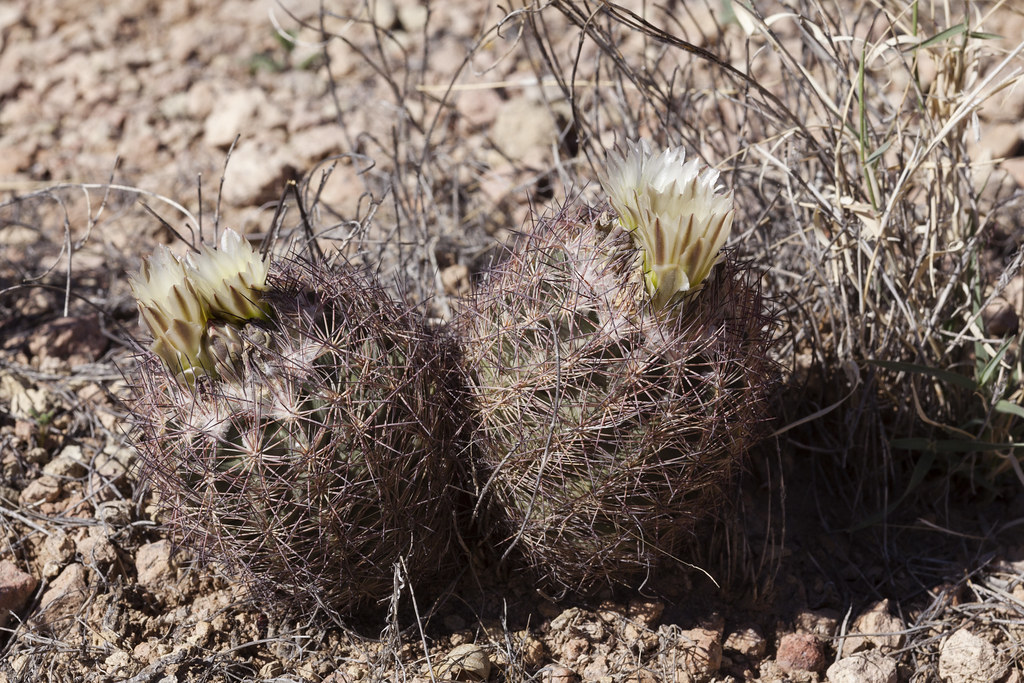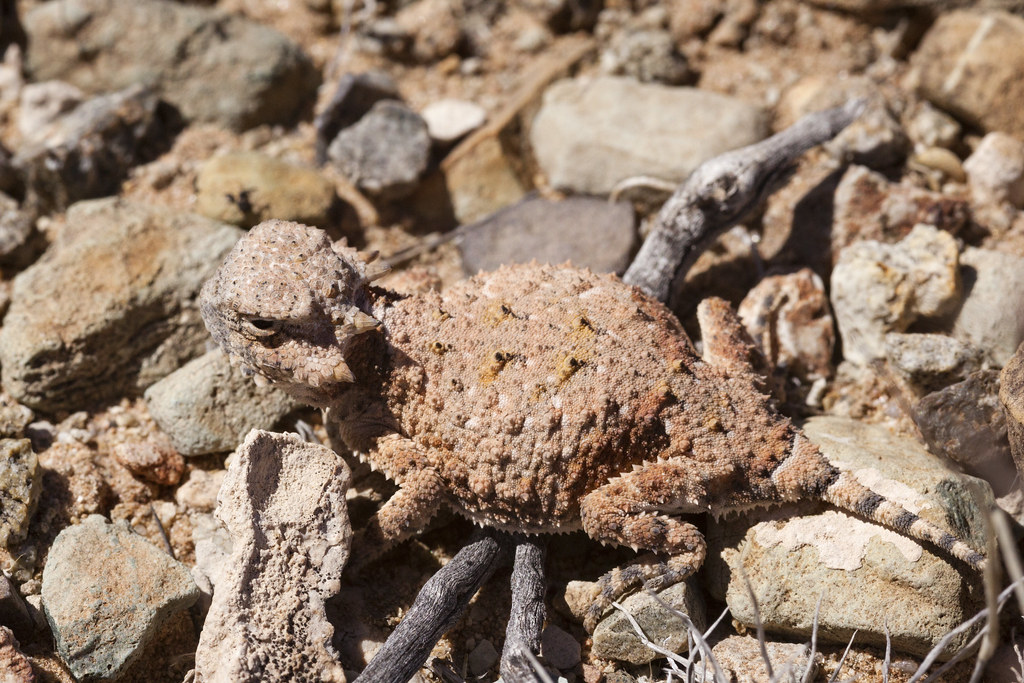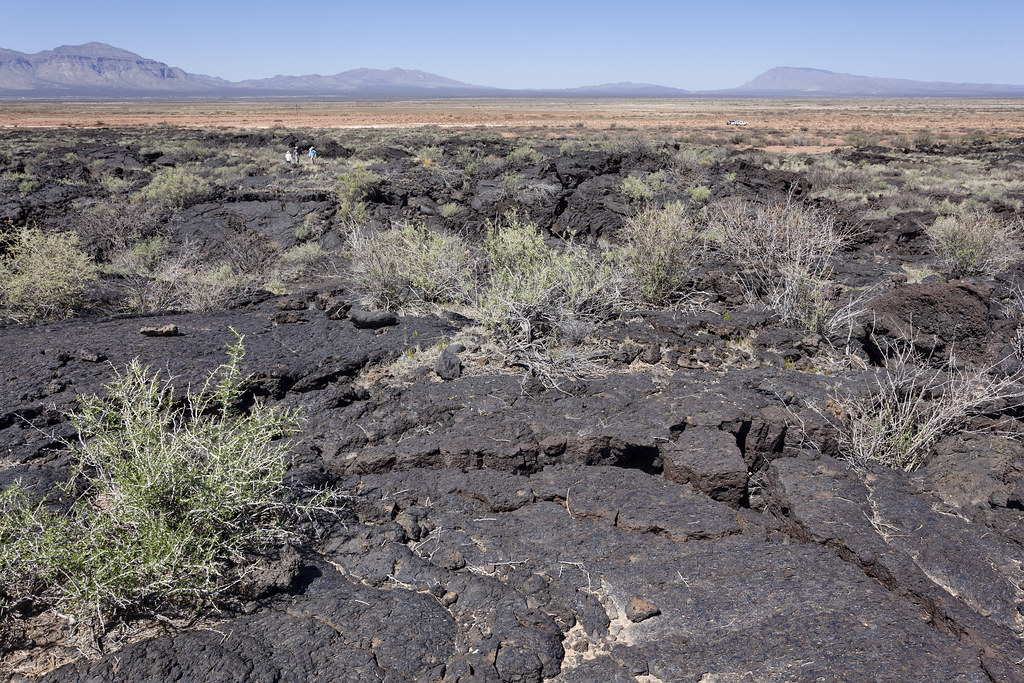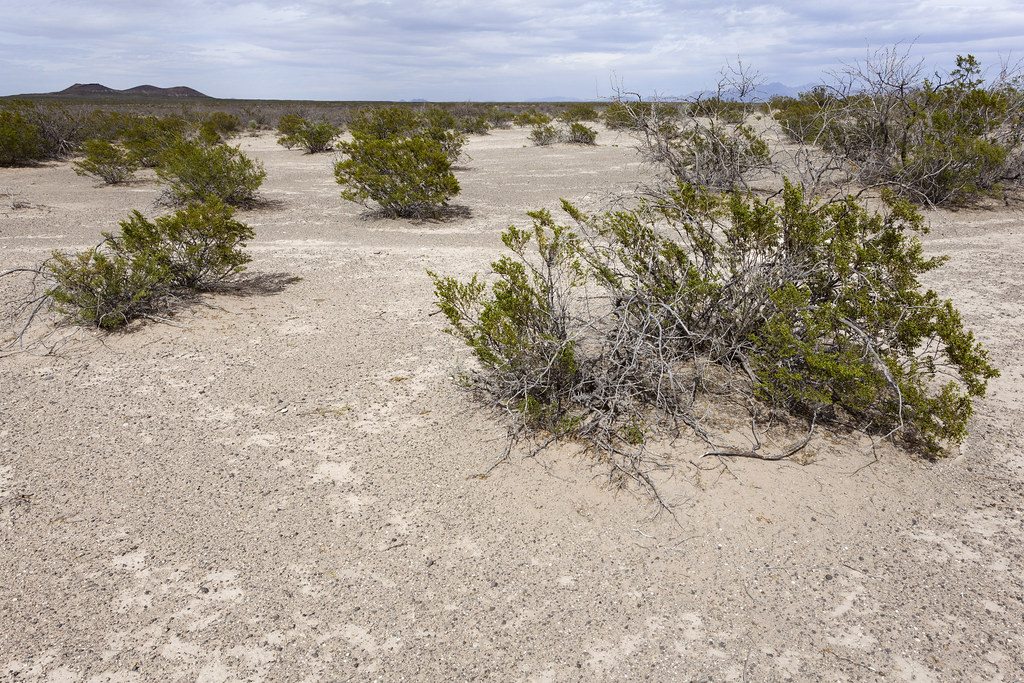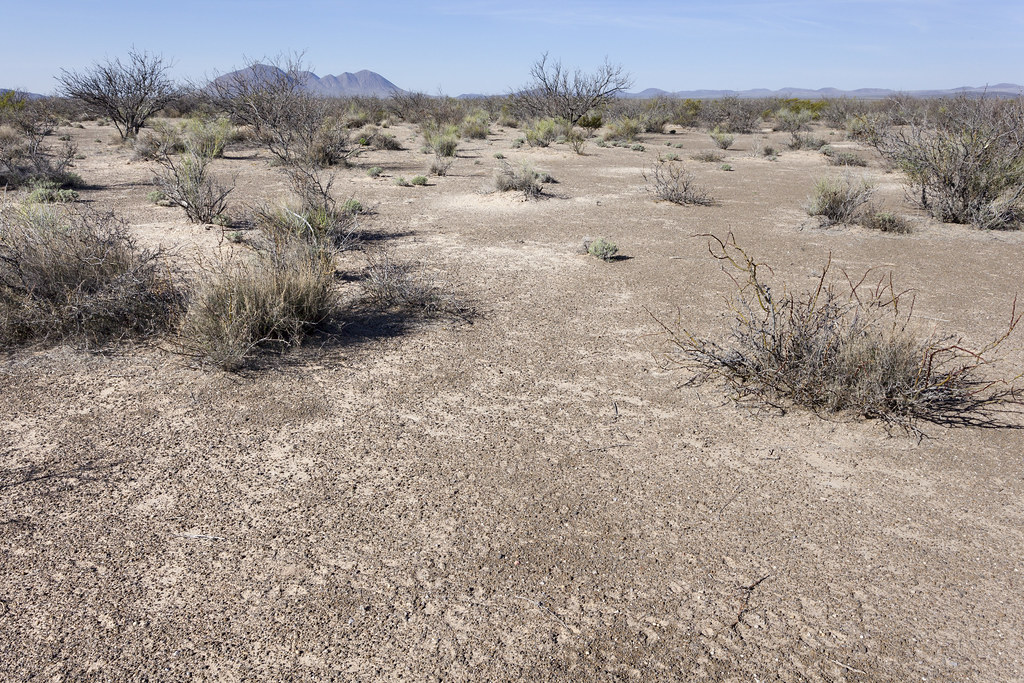Think of a milkweed.

This is rush milkweed (Asclepias subulata).
Good. Now think of an insect that relies on milkweed.

Can you name an insect that depends on milkweed plants?
What did you think of?

Monarch caterpillar (Danaus plexippus) on a rush milkweed (Asclepias subulata).
That’s what I thought. Don’t be ashamed, I think of monarchs and milkweeds, too. The thing is, though, many other insects also have close relationship with members of the asclepias family. Let’s take a look at some of them.
We’ll start with milkweed bugs. Milkweed bugs come in two flavors: large and small.

Small Milkweed Bug (Lygaeus sp) on a desert milkweed (Asclepias erosa).
The small milkweed bug (Lygaeus sp) is (you guessed it!) slightly smaller than the large one. It also displays a red X on its back as well as two small white dots.

Large Milkweed Bug (Oncopeltus sp)
From what I can tell, the large milkweed bugs (Oncopeltus sp) tend to be a littler more orange. Their markings also look like three large black horizontal bands rather than an X.
Both large and small milkweed bug larva eat milkweed seeds.
Milkweed bugs are in the order Hemiptera, meaning they are “true bugs”. I spotted another hemiptera chilling on a nearby milkweed, but that’s as far as I got in that identification game. Any ideas?

Hemiptera
There were also a ton of tarantula hawk wasps (Pepsis or Hemipepsis sp) buzzing around.

Tarantula Hawk Wasps are up to 2 inches long with blue-black bodies and bright rust-colored wings.
Tarantula hawk wasps are so named because when it is time to reproduce, the female will sting a tarantula (permanently paralyzing it) and drag in into a pre-made brooding nest. The female wasp will then lay it’s egg(s) on the tarantula, I won’t go into the gory details here. Only the females hunt tarantulas, though, and only for reproduction. The adults feed off the nectar and flowers of milkweeds.

The tarantula hawk wasps were totally loving all the desert milkweed (Asclepias erosa)!
I photographed another insect which I believe is a wasp, but I’m not 100% sure. Any thoughts?

I think this is some sort of parasitoid wasp, but I’m no expert entomologist.
Yet another insect I couldn’t identify could be a bee (Order Hymenoptera) or a syrphid fly (Order Diptera). I don’t feel so bad about this one, though, because syrphid flies utilize Batesian mimicry (aka they exhibit the same coloring patterns as bees and wasps as a form of protection against predators).

Bee or Syrphid Fly?
Who could tell?
So, moral of the blog post: milkweeds are important to lots of insects. Let it be known.

A plethora of insect species depend on milkweeds (Asclepias sp) for survival.
Jessica Samuelson
Needles Field Office
Bureau of Land Management

